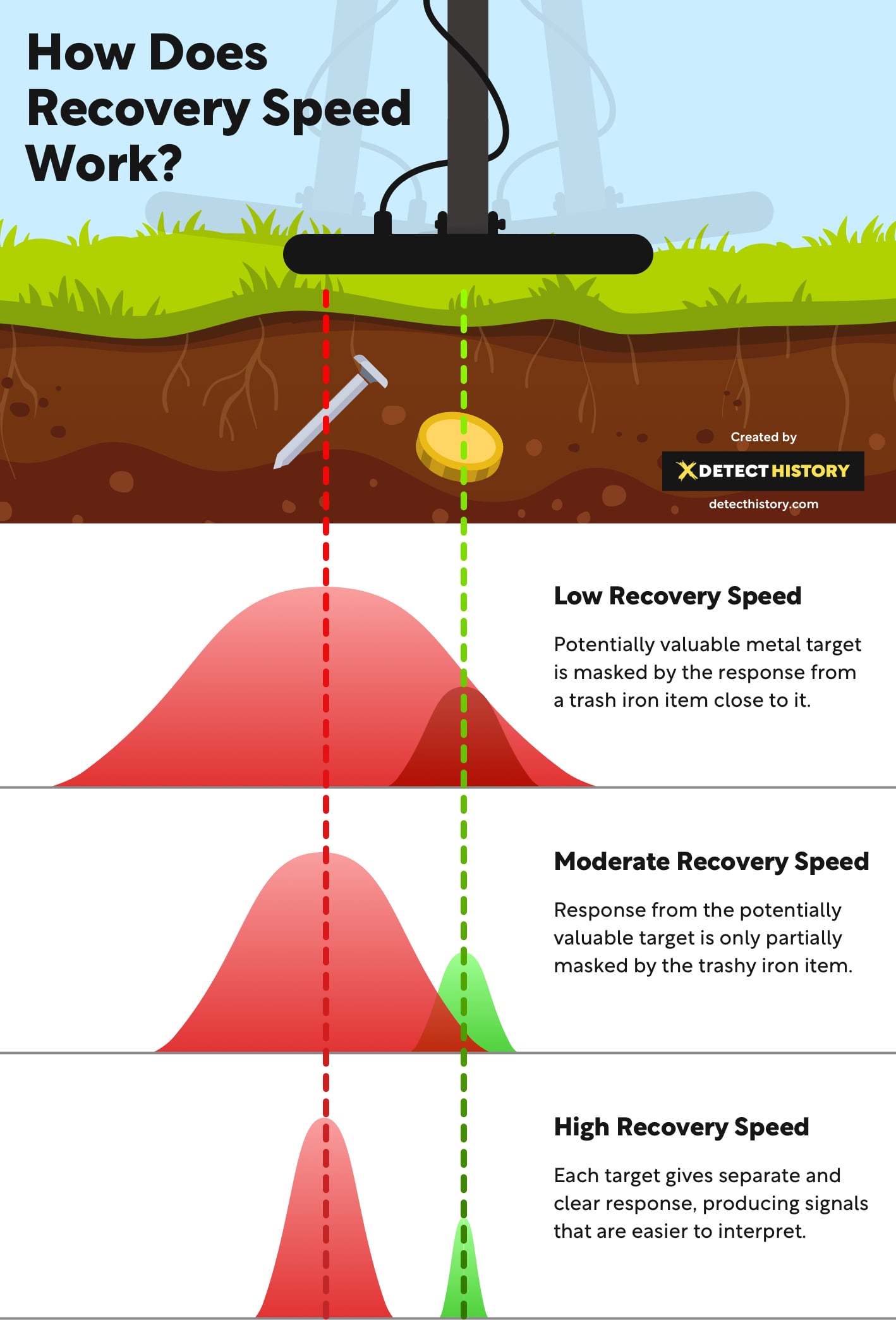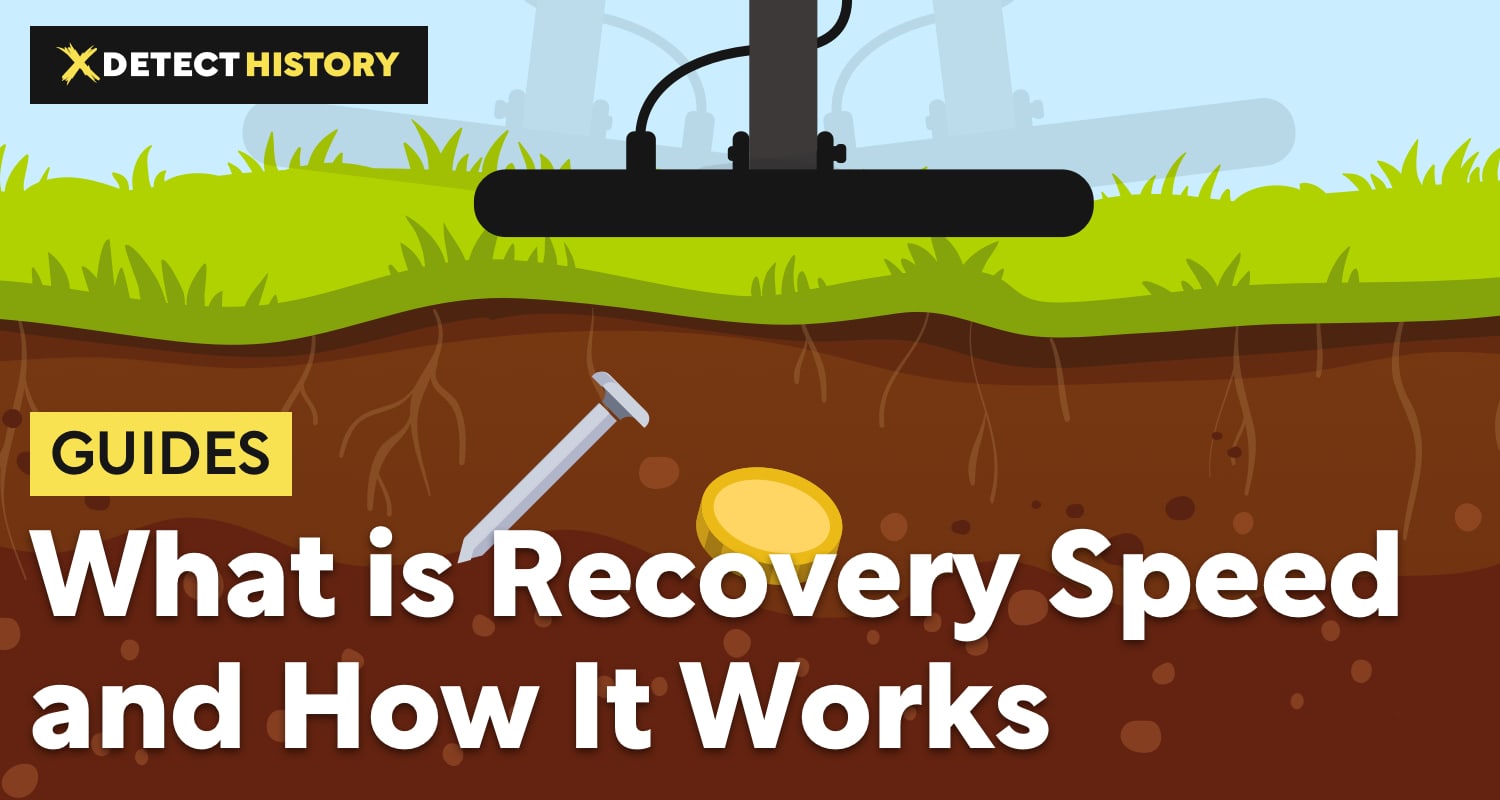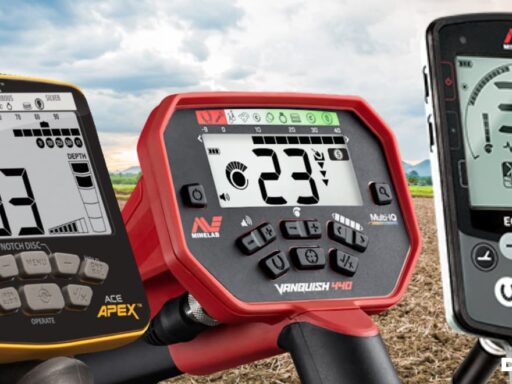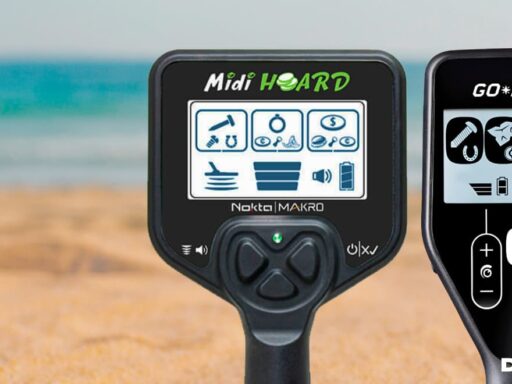Many beginner metal detectorists face the term “recovery speed” when reading metal detector reviews or descriptions, and wonder what in the world is recovery speed? And why should they be even interested in it?
Recovery speed is the feature of a metal detector that defines how quickly and efficiently the device can provide separate clear signals about several different items that are located underground close to each other. You definitely don’t want to get generalized signals about groups of targets, because such a signal does not tell exactly whether the target is potentially valuable or not, whether it can be old and fragile or not, should you even attempt digging it, etc. So, the recovery speed is really important, and choosing from low, moderate, or high recovery speed machines, you definitely want the high one.
So, How Does Recovery Speed Work?
When you detect more than one target close to each other, each target responds separately to the electromagnetic field created by the search coil. They never respond as a bundle, even if close together and of the same material, because the position and depth are still a bit different. So, the detector still has to read several different responses.
When the machine detects a target, it has only a fraction of a second to process this response and give a signal, before it can process the response from another target. This time between processing is recovery speed, and the higher the recovery speed, the faster the metal detector processes one target and can switch to another, and the clearer signal the detectorist receives.

Low Recovery Speed – potentially valuable metal target is masked by the response from a trash iron item close to it
Moderate Recovery Speed – response from the potentially valuable target is only partially masked by the trashy iron item
High Recovery Speed – each target gives a separate and clear response, producing signals that are easier to interpret










